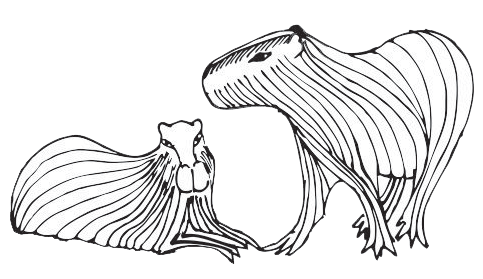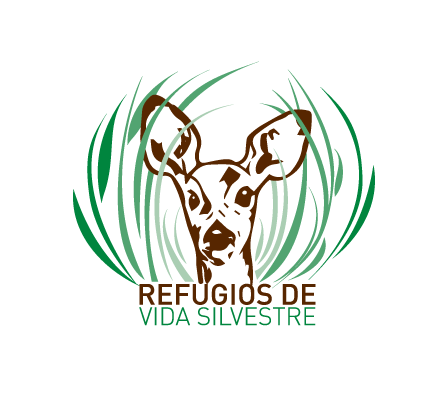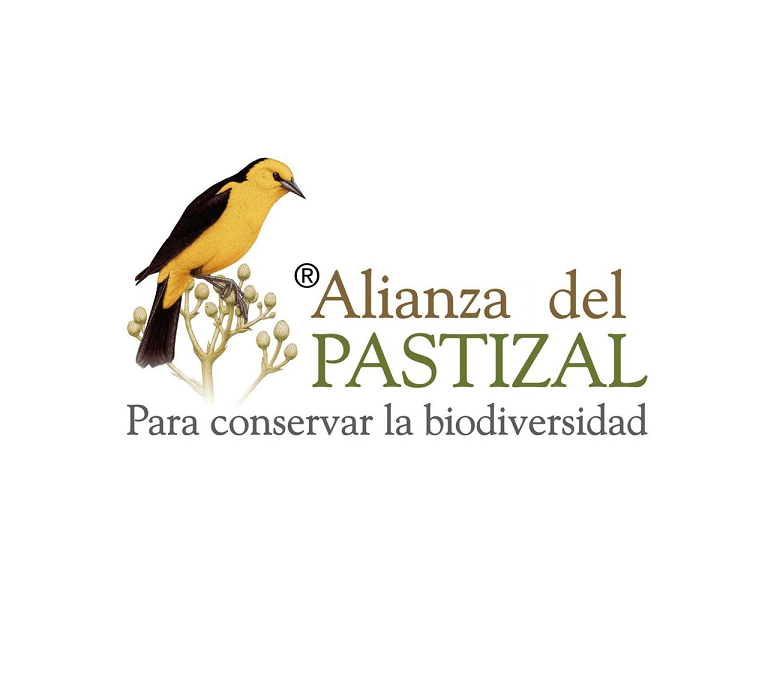

We are a family business dedicated to breeding the native species Capybara (Hydrochoerus hydrochaeris) for commercial and recreational purposes, with the main objective of providing distinctive quality and animal welfare.
Our breeding farm is located at the foot of Sierra de los Caracoles in the Department (Province) of Maldonado, 25 km from the city of San Carlos, and 45 km from the city of Punta del Este.
The breeding farm “Los Capibaras” started by the end of 2006 when the first capybaras arrived at our farm which for over 30 years had been dedicated to breeding sheep. Traditionally wool sheep had been our main activity. The purpose of having these capybaras was to diversify the farm’s activities as a complementary and synergistic activity. In early 2008, by Resolution MGAP /RENARE Nº 08/08 we were authorized to breed and commercialize this native species; and later registered at DINABISE, (National Bureau of Biodiversity and Ecosystem Services) of the Ministry of Environment.
A vast empirical expertise has been accumulated over the years of working in capybara breeding, especially on management, behaviour, and adaptation to semi-captivity conditions.
Zoo breeding is based on natural pastures, native forest, and artificial watering places, created to provide an ideal environment for them. This kind of environment also offers shelter to different species of our native fauna. Along the perimeter of the farm runs a water stream, a tributary of Caracoles Creek, which flows from the hill ridges through an important native forest, with a wide botanical variety that also shelters many species of animals. More than 140 species of birds have already been identified within the farm limits.
As for the wildlife in the farm and surrounding areas, ancient Coronillas (Scutia buxifolia) and Molles (Schinus longifolius) stand out among the plants. The variety of trees in the native forest is extensive, but its highlights are Molles Cenicientos (Schinus lentiscifolius) that give the environment a distinctive colour, Ceibos (Erythrina cristagalli), Mataojos (Pouteria salicifolia), Canelones (Rapanes spp.), etc.
In terms of fauna, there is an enormous variety of birds. Some of the most charismatic species can be seen in the farm, like Greater Rhea (Rhea americana), Dusky-legged Guan (Penélope obscura), Red-legged Seriema (Cariama cristata), Turkey Vulture (Cathartes aura), Back Vulture (Coragyps atratus), Crested Black Tyrant (Knipolegus lophotes), Chopi Blackbird (Gnorimopsar chopi) and Saffron-cowled Blackbird (Xanthopsar flavus). A wide range of small birds bring life to the woods with their loud and varied songs.
Other animals that can be seen are: Nine-banded Armadillo (Dasypus novemcinctus), Southern Long-nosed Armadillo (Dasypus hybridus), Pampas Fox (Pseudalopex gymnocercus), Margay cat (Leopardus Wiedii), Grey Brocket (Mazama gouazoubira).
Our establishment has a protected area of 20 hectares, with livestock exclusion system, with specific entry points that allow us to observe the regeneration of the native forest and its associated fauna.

Our capybaras have all the necessary documentation for their transport and keeping, in addition to being identified with a DATAMARS microchip. Each glass transponder (microchip) is as small as a rice grain (13.3 x 2.12 mm mm) and contains an unalterable identification code, unique for each capybara. The microchips are impossible to be removed, thus providing a lifetime guarantee both for the owners and our farm and the competent authorities.
Capybaras can be ornamental animals as long as their specific needs are met: a place to shelter and protect themselves, grass, and straw, plus a shallow water bodyfor their essential aquatic life; all of this, within a fenced area. Feeding is also a crucial element, but it does not imply an excessive cost that prevents their breeding.

Refugios de Vida Silvestre (Wildlife Refuge Program) is an initiative that aims at generating a voluntary network of private properties (refuges) that contributes significantly to the conservation of Uruguay’s biological diversity, promotes production of models compatible with conservation and is valued for the contribution it makes to the protection of the country’s natural heritage and sustainable development.

Alianza del Pastizal is an initiative for the conservation of natural grasslands and their biodiversity in the Southern Cone region of South America through coordinated actions among the four countries (Uruguay, Paraguay, Brazil, and Argentina), and different sectors of the society (producers, civil organizations, academy and governments) within the framework of a harmonious and sustainable development of the region.